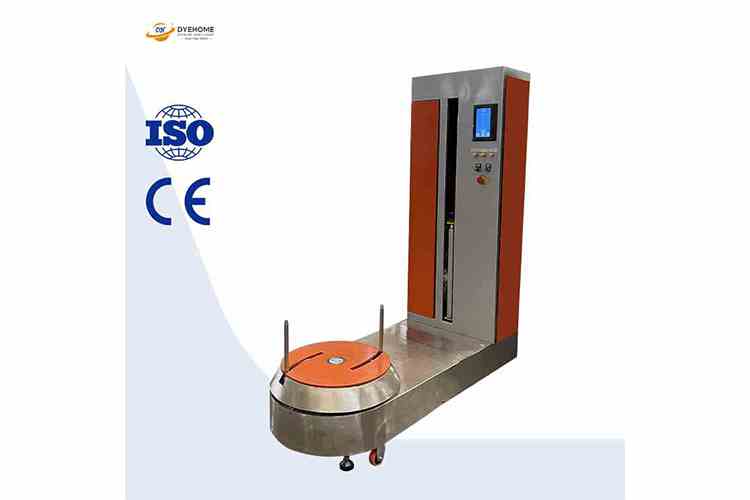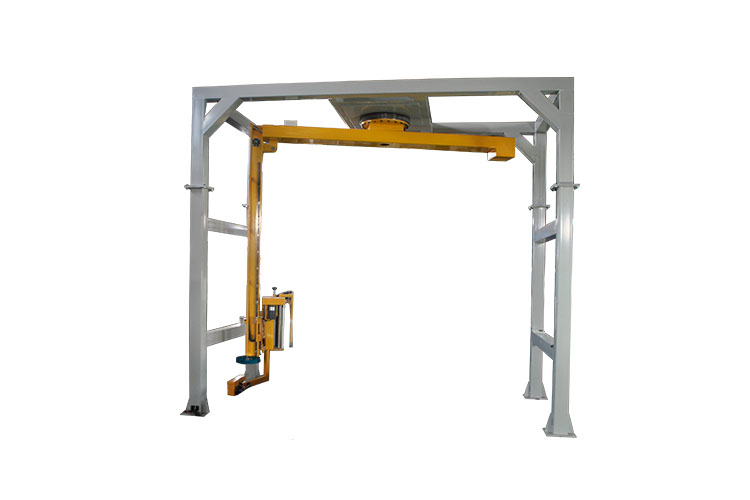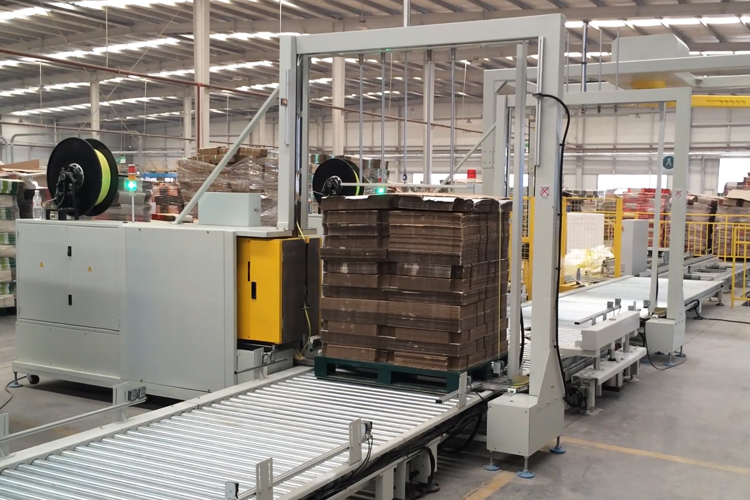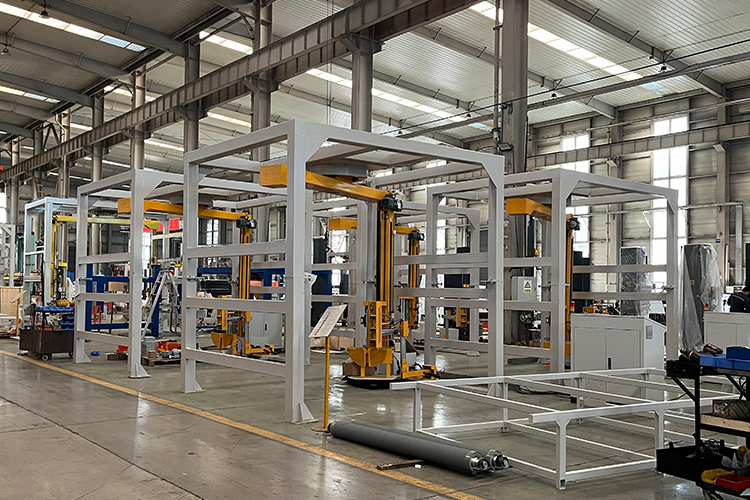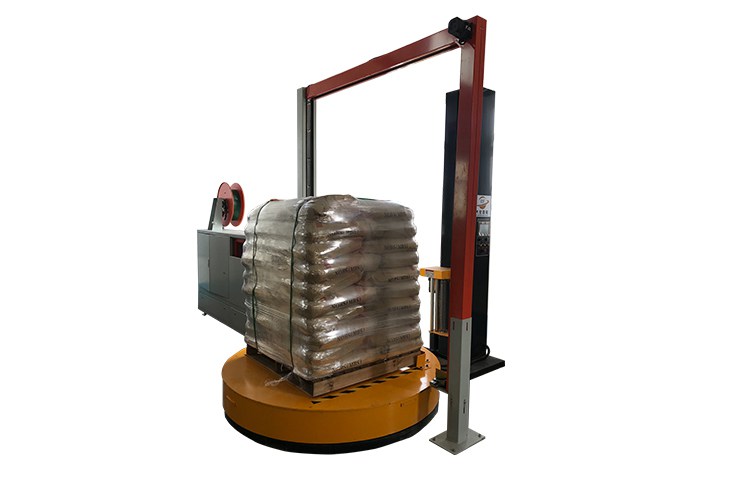Functions and Applications of Pallet Wrapping Machines | Improving the Stability and Efficiency of Palletized Transport
Date: 2025-08-14Id:342Views:
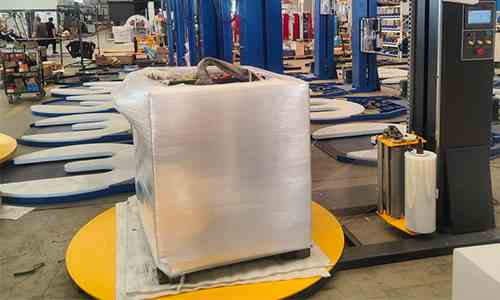
Packaging Stability Challenges in Palletized Transport
In industries such as logistics, warehousing, e-commerce distribution, and chemical and building materials, palletized transport has become an important method for improving loading and unloading efficiency and optimizing warehouse layout. However, its high center of gravity and heavy weight make it prone to problems such as loose cargo, tilting, and moisture during handling and transportation. Pallet wrapping machines, with their automated operation, highly consistent wrapping results, and excellent protective performance, have become an ideal choice for many companies to ensure cargo stability and packaging efficiency. Equipment Principle and Core Features
Pallet wrapping machines use a rotating turntable or a rotating film frame to evenly wrap pre-stretched film around the exterior of palletized cargo, creating a secure, dust-proof, and moisture-proof protective layer. These machines typically utilize PLC programmable control with an intuitive user interface. Parameters such as the number of wraps, reinforcement locations, and top wrap angle can be configured based on cargo size and stability requirements. Some models feature automatic film loading, cutting, and film care functions, reducing manual intervention. The film frame pre-stretch ratio is adjustable, typically ranging from 150% to 300%, helping to control film consumption and maintain packaging tightness. The lifting columns are typically dual-chain, coupled with variable frequency speed control, ensuring stable and uniform film tension.
Applicable Industries and Application Value
Pallet wrapping machines are suitable for industries such as chemicals, food and beverages, electronics and electrical appliances, papermaking, hardware, glassware, and building materials. Especially during long-distance and bulk container transport, these machines effectively prevent cargo from loosening, shifting, and damaging outer packaging. Automated packaging also reduces manual labor, improves operational safety, and significantly reduces packaging costs over the long term. Case Study: Efficiency Improvement for a Chemical Company
A chemical raw materials manufacturer previously used manual film wrapping, which took an average of over four minutes per pallet and resulted in significant film waste. After introducing a fully automatic pallet wrapping machine, the packaging time per pallet was reduced to approximately 60 seconds, film consumption was reduced by nearly 20%, and cargo stability during transportation was significantly improved. By customizing the number of bottom reinforcement circles and top corner extension, finished products maintain a good appearance and safety during storage and transportation, significantly reducing customer complaints due to poor packaging.
Conclusion and Selection Recommendations
When selecting a pallet wrapping machine, companies should comprehensively evaluate factors such as cargo shape, size, weight, stacking height, and packaging cycle time. They should also consider the film frame structure, pre-stretching ratio, degree of automation, and safety features. Proper equipment selection not only improves packaging efficiency in the short term but also reduces consumable and labor costs in the long term, achieving comprehensive optimization of production, warehousing, and logistics.
Related


